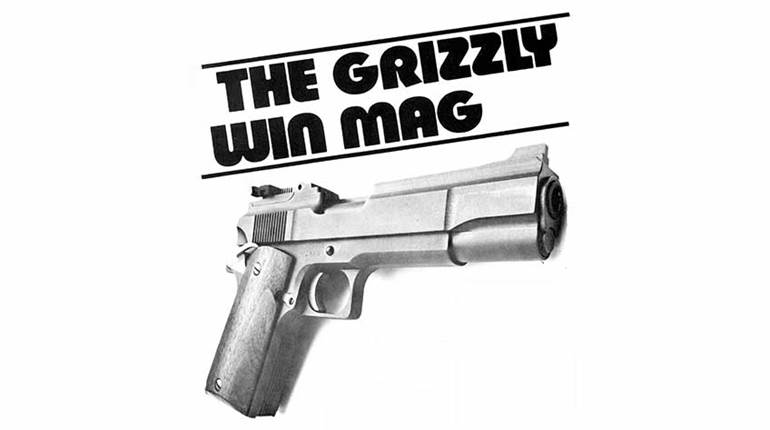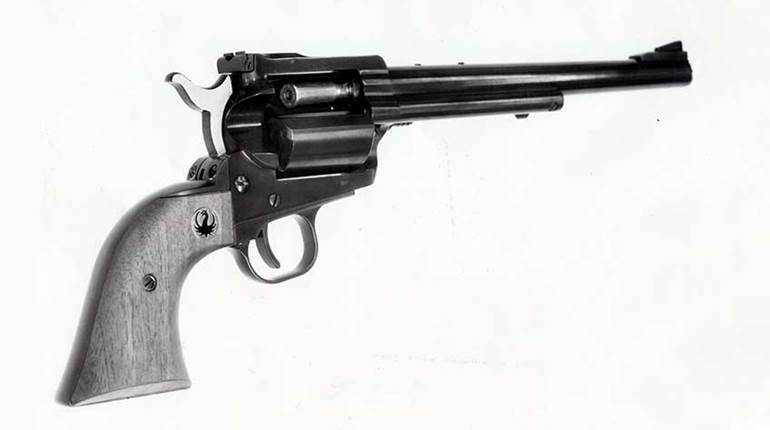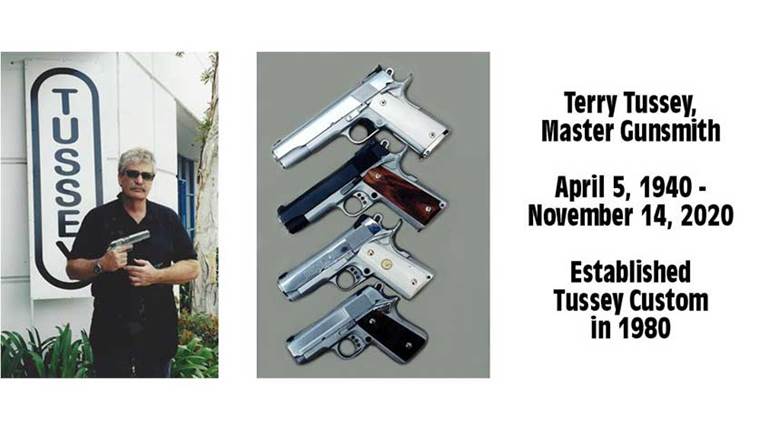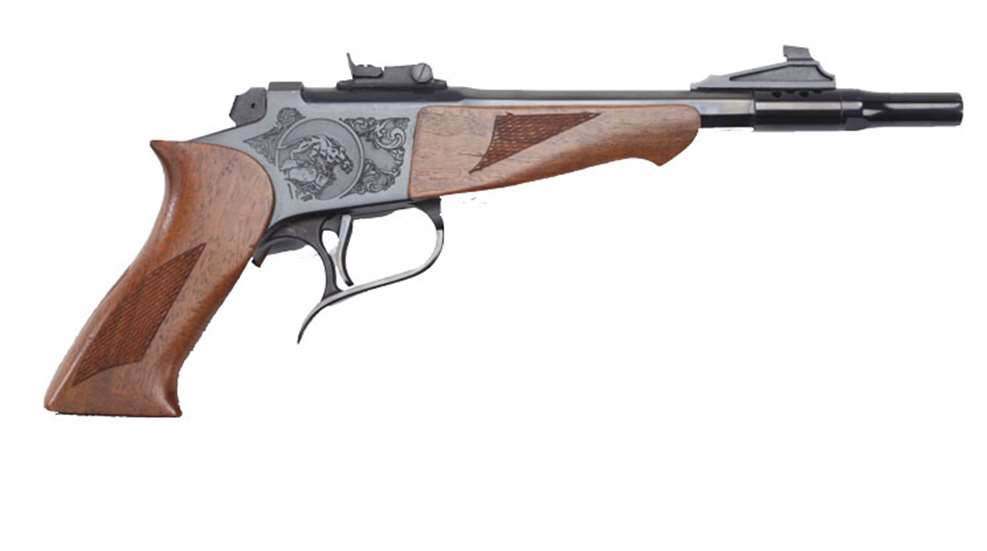
NRAMuseum.org image
America is a great place for so many reasons that I could not count them. But as an inveterate gun guy, the right to develop almost any kind of gun and to make ammo for it stands mighty tall. Apparently, a lot of shooters look at this freedom the same way I do, because we have been coming up with new ideas almost since we started using gunpowder. As soon as metallic cartridges were established, the sky was the limit. Particularly in the field of sporting firearms, we have developed guns in many interesting styles. For an example, consider the varminting handgun.
There is a long tradition of using rifles and handguns of lesser power to hunt a variety of pests that infest rural areas—rock chucks, jack rabbits, ground squirrels, prairie dogs, coyotes and sometimes crows. This probably started at the behest of farmers and ranchers who saw the little critters as problems. Many dedicated hunters started with a good .22 and a field of varmints. Some of them grew to appreciate the challenges presented by the sport—fieldcraft, marksmanship, range estimation—with modest guns and ammunition. Varminting became a blue-collar sport and the guys that got the most out of it just might be the ones who used a handgun.
By its very nature, varminting with the handgun has built-in limitations. Short barrels limit sight radius, which increases the marksmanship challenge, but they also tend to produce lower velocities and that impacts trajectories and terminal performance. As a relatively informal sport, handgun varminting never deteriorated into an equipment race like almost every other competitive shooting sport. Nobody kept score; there were no time limits. In the turn-of-the-19th to 20th century times, what passed for varmint handgunning was likely done with period rimfires and possibly some of the lighter center-fires. The first use of a handgun specifically designed for varminting came in the 1930s.
Several wildcatting experimenters worked at a high-velocity .22 revolver cartridges. The rimfires didn't have enough case capacity to get the velocity that would flatten out the trajectory of a .22 bullet. For that reason, most of the intrepid tinkerers used the .22 Hornet case. The best known version was Jim Harvey's .22 Kay-Chuk, which was still being made in the late 1950s. Harvey's shop converted a lot of S&W K-frame revolvers to the wildcat cartridge, usually including case forming and loading dies. It worked pretty well, but needed a little more speed to make way-out-yondering a practical reality. For the avid varminter, the best thing that came out of the .22 wildcat business was shooter interest—and therefore the attention of big handgun makers.
In 1960, Smith & Wesson and Sturm, Ruger were crowding the republic's handgun giant—Colt's Mfg. Co.—mighty hard. Within a year of each other, both firms introduced a handgun developed to satisfy consumer demand for a varminter. Both were chambered for a completely new cartridge. S&W's new model was the fancy Model 53 .22 Mag. Called the .22 Remington Jet, the cartridge was a necked down .357 Mag. that drove a 40-gr. bullet well over 2200 fps, depending on barrel length. It was a center-fire, but switched in an instant to rimfire to shoot Long Rifles by means of chamber inserts or an auxiliary cylinder. Basically, the Jet was a new model on the established K frame. 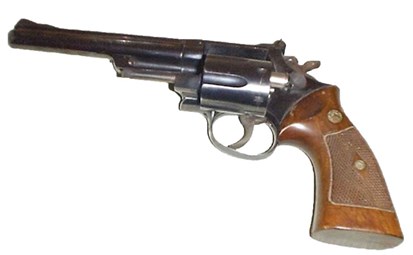
Ruger responded a year later but chose to use the Blackhawk (single action) frame. They called their gun the Hawkeye and it was a single shot. Ruger never chambered the Hawkeye pistol for any caliber other than the original--.256 Win. Mag. This was another cartridge based on the .357 Mag., but unlike the .22 Jet, the .256 had a more traditional shape. It used a 60-gr. .25-cal. bullet. These two cartridges never really caught on, but they established that the varminting handgun was something in which the shooting public was interested. Even conservative old Colt announced several .256 revolvers. I had a long-ago, but wonderful, afternoon of shooting with a S&W Jet and a Ruger Hawkeye. The Jet required careful maintenance, but the rumor about its sticky extraction was not an impediment to shooting. Although a little slow to load and reload, the Hawkeye worked perfectly and was very accurate. Ruger sold over 3000 of them before they were dropped. Smith & Wesson's Jet lasted a little longer, but was always too controversial to persist in the catalog.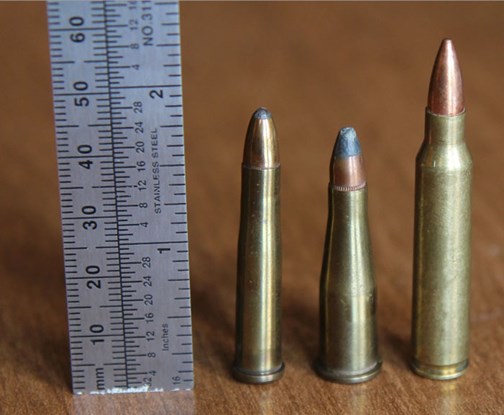
A .22 Remington Jet cartridge next to a metric/imperial ruler with .22 Hornet and .223 Remington cartridges for comparison. Above right, Smith & Wesson Model 53 (Wikipedia images).
Besides, in 1967, a new gun came along that was very hard to beat. Another single shot, the T/C Contender was modestly priced, accurate and versatile. A break-open one-shooter reminiscent of the single barrel shotguns of years past, the Contender could swap barrels in a few minutes. I bought my first one in 1967 at Johnson's Sporting Goods in Oceanside, Calif. It was a .357 Mag. and I bought an extra .22 Long Rifle barrel. The gun has since sold in the hundreds of thousands and there have been many caliber choices, modifications, etc. Shooters began to see the advantages of the Contender. For one thing, it was easy to scope one of the barrels, thereby changing sights when you changed calibers. The use of a rimfire barrel made practice (with the same action, trigger, etc.) quite inexpensive. The same varminter in maybe .22 Hornet could become a deerslayer in .30-30. And for not very much money...
I strongly believe the Contender had a positive effect on the handgunning sports in two major ways. First, it hastened the development of telescopic sights for handguns. Once a shooter had a good load going for him, he could get more out of it by putting a good—long eye relief—handgun scope on his Contender barrel. There weren't a lot of those scopes available when the Contender was introduced. There are endless choices now. Further, since the main appeal of the Contender was its modest cost, the guy who wanted to shoot it a lot often chose to load his own ammo. Simply stated, RCBS, Lyman, Redding, Hornady and others sold a lot of presses and dies because varmint shooters wanted plenty of .218 Bee ammo for their Contender. Or, it may have been 7 mm TCU—I disremember. The gun simply encourages wildcatting—my Bee barrel has been modified to the 218 Mashburn Bee. I believe the Contender was a benchmark handgun in the sense that a fellow who only had one round in his handgun might have been somewhat pre-occupied with hitting with it.
Naturally, other people came out with swap-barrel, break-open pistols like the Wichita model that had a butt section shaped like a 1911. Another pistol, designed Rex Merrill, and produced by RPM was very competitive with the Contender. But varminting was never the same after Remington got into the race with a new pistol called the XP-100. This new handgun was built from scratch on a shortened version of the 700 Remington action. Essentially, the gun was a short, buttstock-less bolt action rifle in a polymer stock. Chambered for a smoking hot .22 cartridge called the .221 Fireball and fitted with a quality telescopic sight, it was grim death on the same 100-yard critters as before—but alls a lot more of them who took up positions way farther out. Several firms made similar versions, including Savage and Wichita.
Shooting varmints with a handgun is about accepting challenges. Obviously, scoping a Contender barrel extends the gun's effective range, but the magnification of a scope makes hitting a moving creature a lot harder to do. Americans have been doing it for a lot of years.













